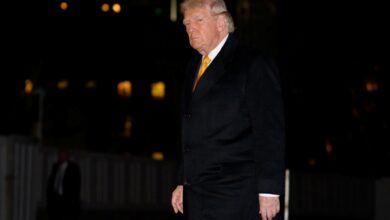Mexico: The Institutional Stock Market is born
The Mexican Stock Exchange will have competitor for the first time in history

Leer en español: México: Nace la Bolsa Institucional de Valores
The Institutional Securities Exchange (BIVA, for its initials in Spanish) was born this week as an alternative to the Mexican Stock Exchange (BMV, initials in Spanish), which until now was the only place where companies could obtain financing of the type offered by the securities markets, in addition to traditional alternatives such as banks.
The growth of companies depends on many factors, including having enough capital to invest in strategic areas such as human capital development, processes, machinery, expansion, technology and innovation, etc., but many times companies do not grow for lack of resources to invest, so they go to the stock exchanges. In the case of Mexico, there are few companies listed on the BMV, only 146, compared to the São Paulo Stock Exchange (BOVESPA), where more than 550 companies are listed. The birth of the BIVA seeks to attract new companies to obtain financing in the stock market and its initial goal to 3 years is to get 50 companies to quote with them.
In the country there are a large number of companies that are not listed on the stock exchange for fear of losing control of the company. Many of them still maintain a family profile despite the size. In addition, to enter the BMV and now the BIVA must meet various requirements, among which are to make public their accounts in order to have transparency and reliability within the market. That is one of the main challenges facing both exchanges, to win the trust of companies that are not yet listed and that could benefit from this type of financing.
Among the advantages that could be found is that a company can quote on both exchanges at the same time, as it happens with many companies in the United States in its main markets. Thus, instead of competing directly for the market, both exchanges may have the same customers, although BIVA is strongly committed to new companies, relying on a technological infrastructure that they presume is more advanced than that of the BMV.
It is important to mention that the BMV is part of the Latin American Integrated Market, which since 2014 brings together the stock markets of Chile (Stock Exchange of Santiago), Peru (Stock Exchange of Lima), Colombia (Stock Exchange of Colombia) and Mexico (Mexican Stock Exchange) by which companies have access to the market of the four countries simply using an intermediary in the country that requires quoting. The BIVA sparked a debate about whether a second stock market was necessary in the Mexican market, as some believe that the market is still too small to be divided between the two competitors. On the other hand, optimists believe that the growth of the Mexican economy by the end of the decade could give it momentum to maintain two exchanges.
Another country in the region with plans in the same direction is Brazil, which plans to expand its operations in two different exchanges, imitating the model of many countries in the world that have a variety of competitors in the stock market. Meanwhile, the experience of Mexico could be an example for the markets of the region that are considering similar projects, BIVA will be a sample of that experience.
Latin American Post | Luis Liborio
Copy edited by Laura Rocha Rueda





